Sunday Classic / Do fish dream?
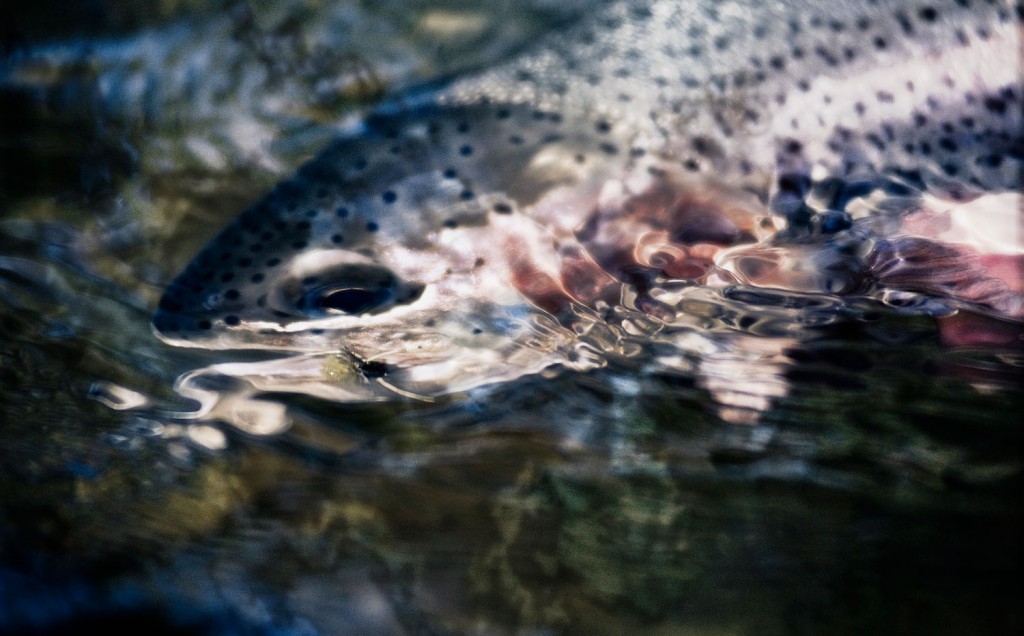
AH, THERE’S THE RUB, FOR WHAT DREAMS MAY COME IN THAT SLEEP OF FISH?
Have you ever been sight fishing to a nice fish and not gotten so much as a look at your fly? The fish just sat quietly finning as your fly drifted inches from its nose, like it was asleep. It may have been.
Do fish sleep? Undoubtedly. That’s a scientific fact that is well documented. They don’t sleep like we do and, in fact, different species of fish have very different ways of sleeping. Some sleep at night, some during the day and some are nappers. Some swim while asleep and some sleep so soundly that you can hold them in your hand without waking them.
Tuna, for example, rest motionless at night, suspended in the water. Bass and perch will sleep under or on top of logs. Reef fish seek refuge in crevices. Parrotfish build a cocoon of mucus in which to sleep. That sounds nasty, but maybe that’s the point. I wouldn’t eat something wrapped in mucus. Would you?
Although different fishes have different sleep habits they have a lot in common. Fish don’t have eye lids so they don’t exactly get shut eye. Their muscles relax, their breathing and heart rate slow, they become to some degree immobile and less sensitive to external stimuli. They also, to some extent, lose consciousness.
Fish do not live in as safe a world as we do and sleeping can be a risky proposition. For that reason most fish are never completely unconscious. Their brains sleep in shifts, resting different systems at different times. Shutting down nonessential bodily functions for periods of time. I imagine it’s much like day dreaming. Like when your brain is back on the beach in the Bahamas while your body seems to be looking over spread sheets at your desk. You’re not fully aware of your surroundings but alert enough to figure out that the sound you hear is your boss clearing his throat.
But what about those dreams?
Read More »Saturday Shoutout / That Smell
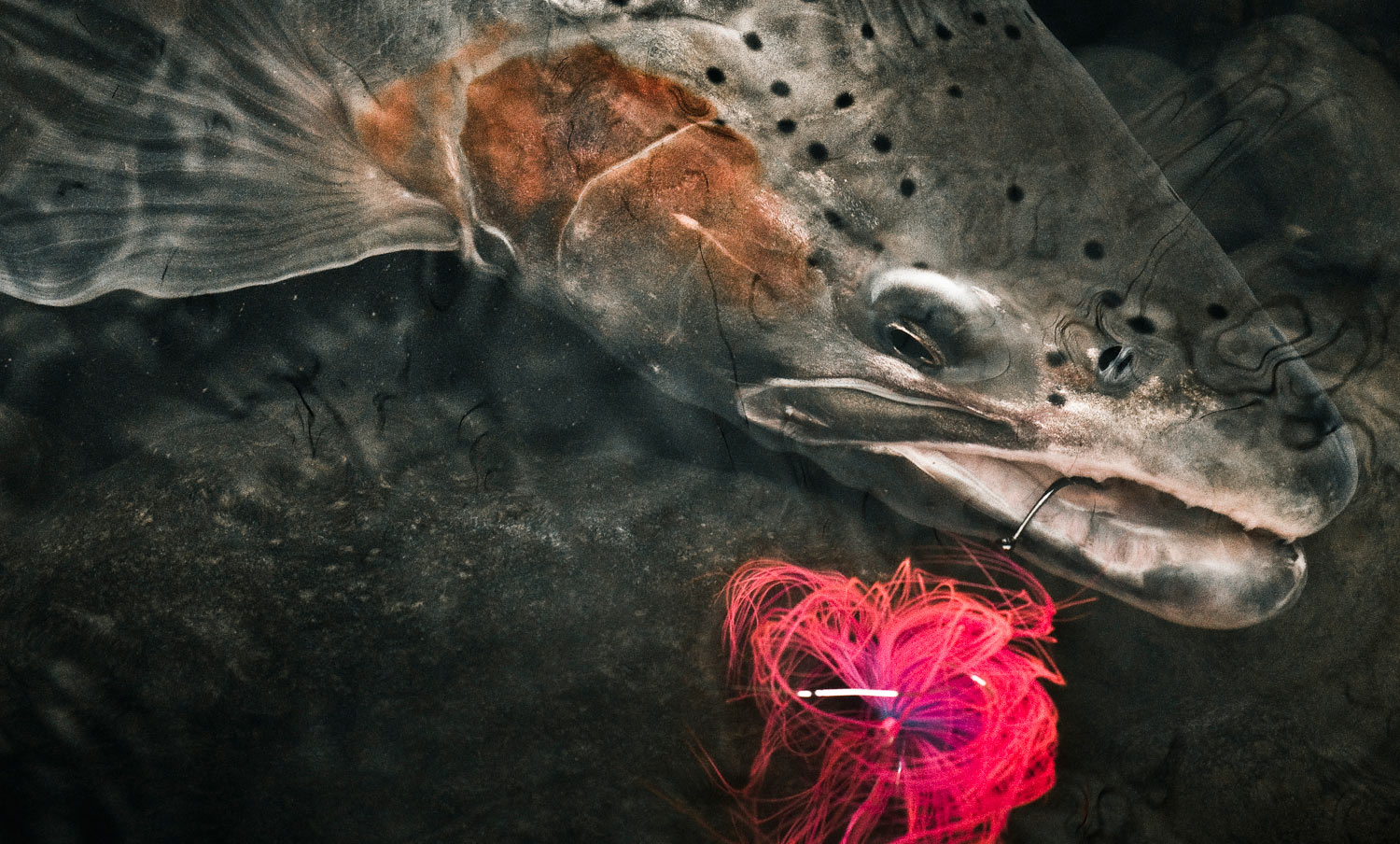
Ever wander what happened to your favorite river?
This beautifully written story By Bill Herzog may tell you. Writing for Wild Steelheaders United, Bill tells a story of the good old days on the Nisqually and Skagit, and takes some responsibility for what went wrong. A stark reminder that recreational fishing is not without its impact.
“Not loggers. Not land developers. Not tribal netting. We did it. We killed too many. Us.
The Nisqually’s fall was so swift, so severe, it went in just six years. There was an experimental catch and release season in 1988, but so few fish returned it too was shut down. It’s been nearly thirty years closed now. The Nisqually is barely alive with a return of 300 to 500 fish.”
CHECK OUT, “OOOH-OOH, THAT SMELL…”
Read More »Something’s Fishy at the Fly Fishing Show

By Dave Grossman
Spring marks the unofficial end of fly fishing show season, and I for one am tired and smelly…but mostly tired.
If fly fishing shows are a microcosm of our little society, things have gotten a little worrisome. There’s been some concerning behavior on both sides of the table. And like addiction, the first step is admitting you have a problem. I’ve been attending fly fishing shows as both a paying attendee and vendor since I was knee-high to a convention center urinal, so I feel like I just might be the guy to lead us down the path of righteousness and to a much better fly fishing show experience the next time around. Consider me the moderator in this intervention.
SHOW ATTENDEES
Don’t wander. If a vendor has his table set up at the front of the booth, they obviously would rather you not squeeze yourself by and wander around back there. Think of the vendor table as the bars at the zoo — they are there for your protection as well as the vendors’.
Save your swap meet bargaining skills for the parking lot. Not everything is negotiable. If you are in the vendor area of the show, most likely nothing is negotiable. Vendors at these shows often give price breaks for the show, but they still have cost in their inventory. They weren’t given those rods on the display, they bought them. In order to feed their families, they have to sell it for more than which they bought it. Simple economics.
Artists are sensitive. The above rule especially applies to artists or anyone who made something with their own hands. When they tell you a painting costs five, they obviously mean $500. It’s insulting when you pull a five dollar bill out of your wallet and then act flabbergasted that a painting could cost more than a fiver. (Actually happened, people.)
Leave your picture in your pocket. We all fish, we all at some time catch a fish, we all have a picture of that fish on our phone. Nobody wants to see that picture … nobody. Now if you have a picture of a French donkey dealing baccarat wearing a tuxedo, now that’s something I’d like to see.
Stickers aren’t always free. Ask first, grab second. This is the middle school child in all of us. We see stickers and our little animal brains go bonkers. We don’t care if we like the company on the sticker, or even if we like the people behind the sticker, we just want. Sometimes vendors put out stickers as freebies. In this case, grab one or two. Grabbing 25 makes you look like a greedy asshole. Nobody liked that kid at Halloween and the same still holds true. On the other side of the coin, some vendors sell the stickers on their table. To make money. So when you walk by and grab 10, that’s stealing–an even bigger asshole move. Stealing from the poor is not cool, man, and I guarantee if a dude is selling stickers as living, it’s not a good one.
VENDORS
Read More »Umpqua UPG Fly Box Review
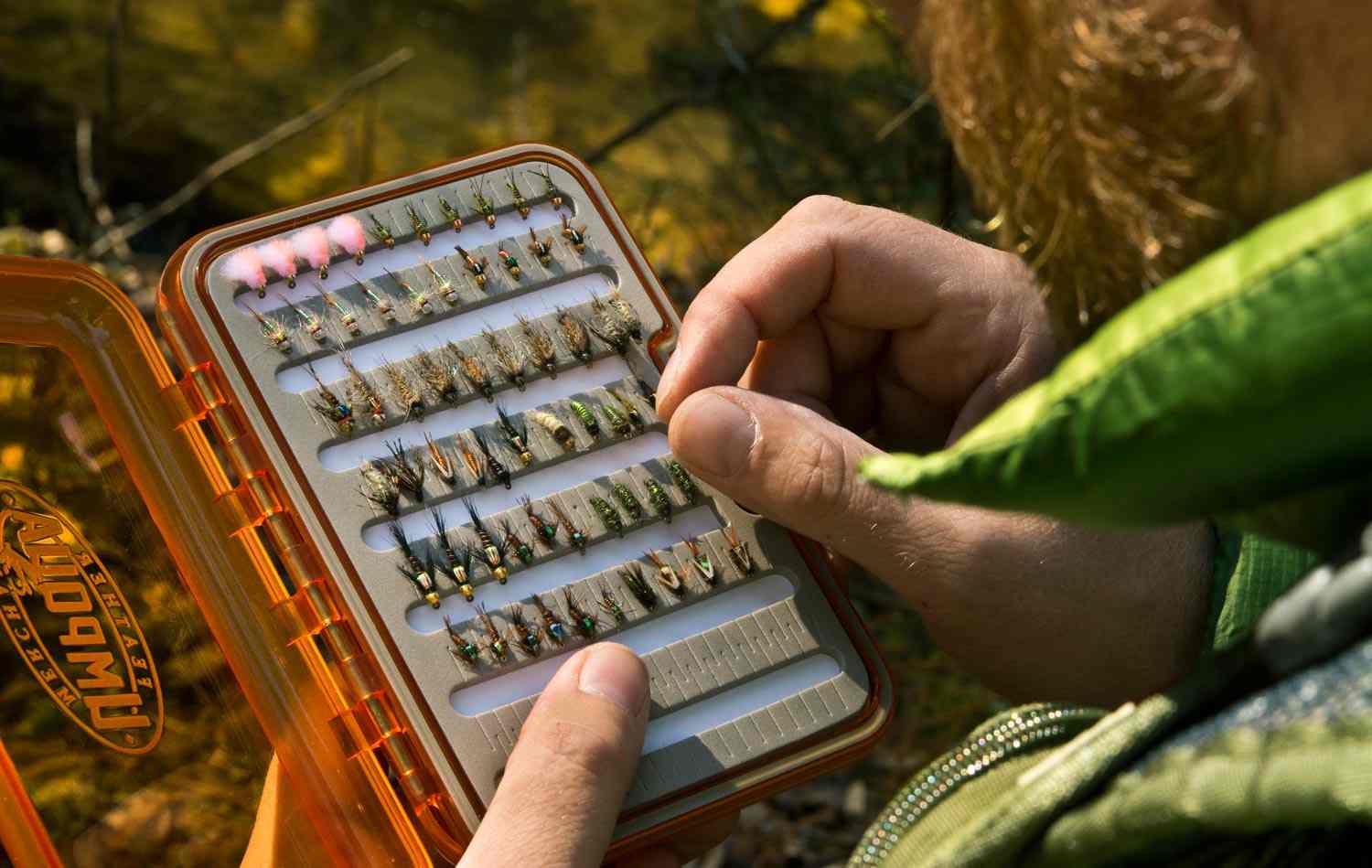
Umpqua really raised the bar when they introduced their UPG line of fly boxes. In fact, they won multiple awards at trade shows, which were voted on by professionals in the industry. Their goal in mind when designing the UPG fly boxes was to tailor them for the professional guides. Point being, Umpqua knew if they could design and build a series of fly boxes that would hold up to the daily use and be loved by professional guides, the end result would be a product line that would in turn be popular among the majority of recreational fly fisherman. There’s no doubt they met their goal, and it’s no surprise, that today the Umpqua UPG fly boxes are now currently found in many of our own packs and vests.
I think a lot of fly anglers undervalue the importance of a quality fly box. Think about it for a second. As fly fisherman, we fit into one of two categories. We either spend hours upon hours at the vise, tying up our fly imitations or we spend hundreds of dollars buying individual fly patterns to fill up our fly boxes. Whatever category you fall into, it’s pretty apparent that there’s a substantial investment involved when it comes to what we carry around in our fly boxes, and it makes sense for us to protect that investment with a quality fly box.
The first thing you notice when you pick up a UPG fly box is how solid it feels. It’s not one of those flimsy light weight jobs that you find in many of the knock off fly boxes on the market. With solidness, comes a little bit of extra weight, and although some fly anglers would look down on this, you have to understand that extra weight translates into quality and durability on the water. The next thing you’ll notice about the fly boxes are the extraordinary amount of fly capacity in all of the fly box models. Some of the models, designed for storing smaller nymphs and midges, even have off set foam slits, which is intended to allow the fly angler to store twice as many flies per row of foam. Furthermore, most models incorporate two magnet areas that can be used for you to place your stand by flies waiting to be tied on and fished, or for secure storage for the smaller flies that are cumbersome to put into the foam slits. The benefit of the well designed layout of all of the UPG fly boxes translates into significantly increased fly capacity that’s well organized, and that means you’ll find it much easier to carry less fly boxes with you on the water without you having to sacrifice leaving any flies at the truck.
Read More »Getting The Cast Going
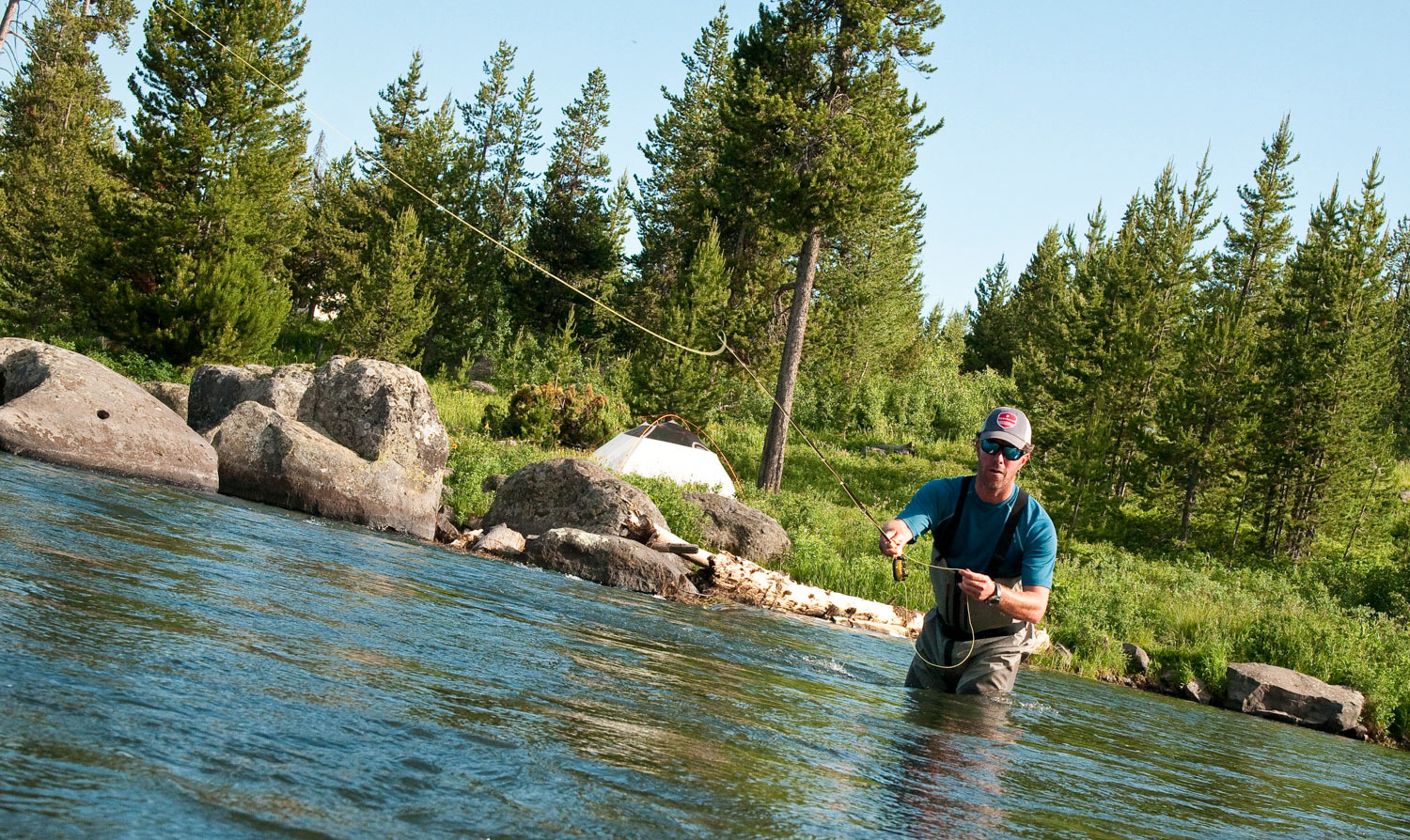
By Louis Cahill
One of the hardest things for beginner fly anglers is getting the cast started.
I was reminded of this the other day when fishing with a first-time angler. It’s easy for an experienced caster, who’s teaching someone, to launch right into the dynamics of the fly cast without explaining how to get their fly in the air in the first place. It’s a dead-simple topic, but stay with me while I cover it for those who need it.
THERE ARE A COUPLE OF COMMON PROBLEMS THAT GET THE FLY CAST OFF TO A ROUGH START.
Slack
By far the most common problem is slack in the line. no matter how good a caster you are, you can’t cast a slack line. I’ve watched a lot of new anglers start flailing away with their fly at their feet, creating wild hoops of line everywhere. It never ends well. Before beginning your cast, be sure your line is tight and straight and your rod tip is low.
There are two simple ways to insure this happens. The easiest
Read More »Sunday Classic / Keep a Backup Nymph Rig Ready
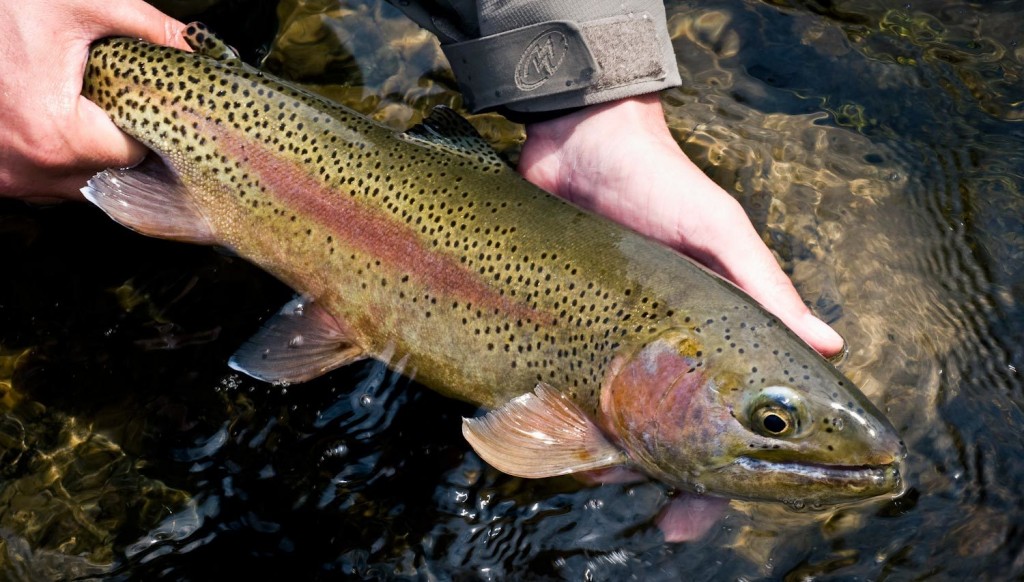
Changing out flies on the water takes time but is often necessary to catch trout consistently all day.
Keeping a pre-rigged tandem nymph rig ready to go, will allow you to quickly change out your flies from one hole to the next and save you critical time when your fishing time is limited. They’re great to have when you find your hot fly has turned cold, when you break your rig off on a snag or find yourself with a nasty tangled mess. Let’s face it, we often find ourselves in question on the water, particularly in the first hour after we’ve wet our line. It can take some time to figure out what the trout want for the day, and by having a couple different pre-rigged tandem nymph rigs on hand, you’ll find it much more efficient to try multiple fly patterns and rigs out, and that should help you dial-in quicker and start catching trout.
Sometimes the tandem nymph rig you just caught trout with in the hole downstream, may fail to get the attention of the trout in the next hole you fish. This isn’t always the case, but sometimes for sure. In fact, this happened to me just the other day. My client had landed a fish out of the first three holes we fished in the morning with a woolly bugger lead fly and a micro san juan worm dropper. As my client worked the fourth hole of the day, the bites abruptly stopped, despite him making several great presentations and drifts. Knowing there were fish in the hole, I snipped off the rig and tied on one of my different pre-rigged nymph rigs. First cast, my client landed a trout, and he went on to catch another fish after that. If I would have stuck with the first rig, thinking the flies were fine because they worked in the previous holes, we probably wouldn’t have landed those two fish. There is no doubt there are times when trout will key in on a specific aquatic insect and become selective feeders. However, some days, when there isn’t a hatch or specific food source they are keying in on, I think trout often create their own specific food menu for the day. When this is the case, and you’re not having success, often all you need to do to get trout to bite, is show them something different. Humans are no different. If we eat the same thing for lunch a couple days in a row, we’re ready for a change.
So before my guide trips these days, I’ve got in the routine of tying up a few different tandem nymph rig combinations, and stow them in
Read More »Saturday Shoutout / Living the Lamar
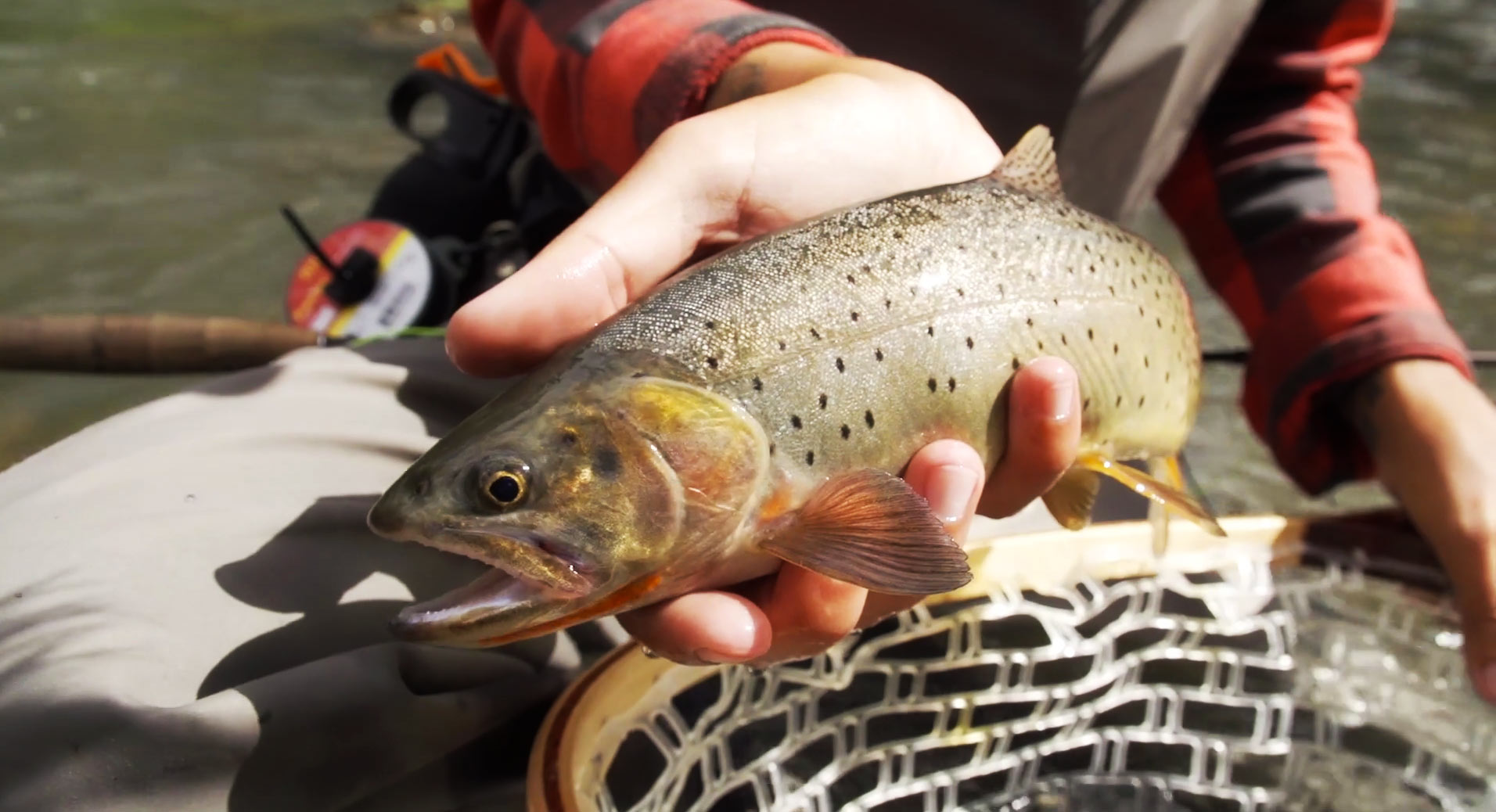
The Lamar Valley holds a special place in my heart.
Back when my wife and I were both in the advertising business and self employed we would take off the entire month of August and escape the heat and traffic of Atlanta for cold water and higher latitudes. We’d spend the whole month in a tent. On odd numbered years we would head to Colorado, Wyoming and Montana. We’d always stay the maximum 2 weeks in Yellowstone and although I came to know and love the entire park, the Lamar Valley was always special.
When I saw this video from Tight Loops it brought those memories back. If you’ve never been to Yellowstone, this will put it on your list. If you know and love the park, it will take you back there. Take a few minutes with Tight Loops and visit this national treasure.
LIFE IN THE LAMAR
Read More »Fly Fishing: Our Trout Rivers and Streams Need More Wood
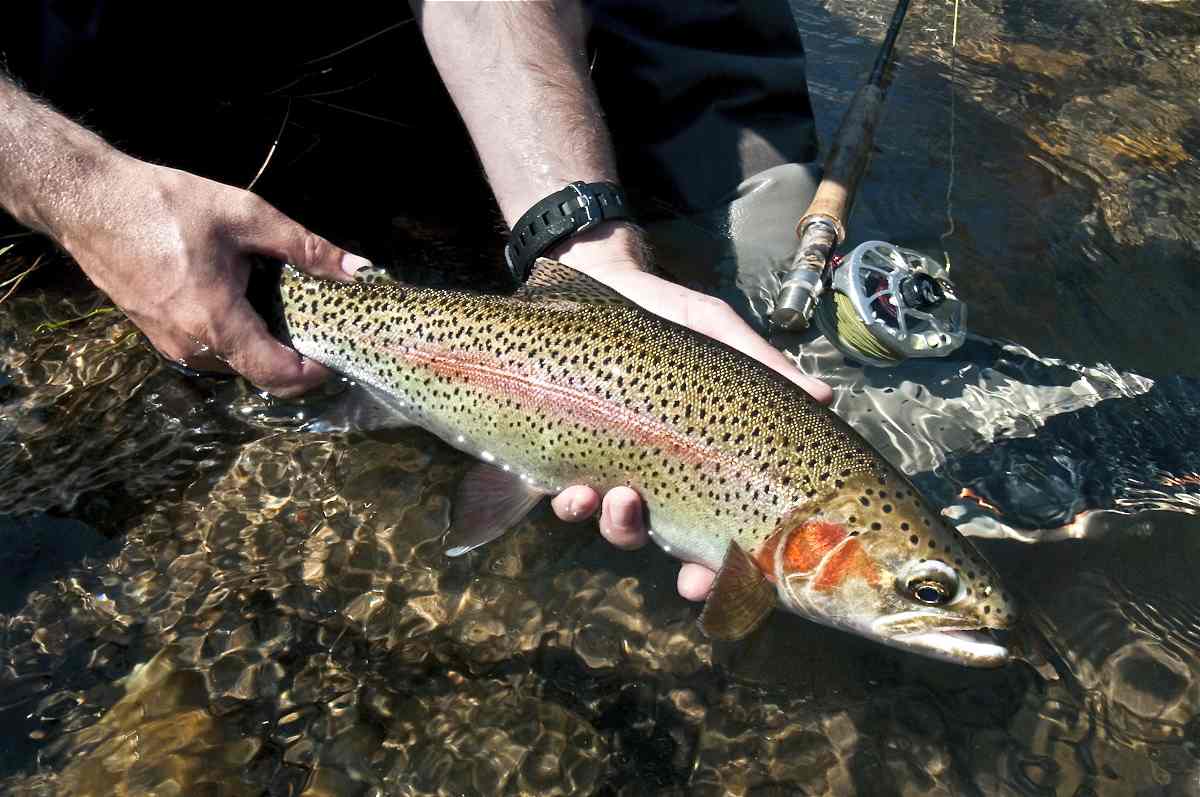
Wood is Good!
Several years back, one of my favorite wild trout streams, only a few miles from my house, got slammed with tornados and high winds (from back to back hurricanes that had moved up from Florida). The aftermath from the strong storms, downed dozens, upon dozens of trees along the stream. I was heartbroken at first when I witnessed all the downed wood. The first thing I thought about, was how much critical shade the stream had lost from the destruction of the large stretches of tree canopy along its banks. And that made me nervous water temperatures would thereby increase significantly during the summer months, posing a real threat to year round survival of the wild trout that lived there. I wasn’t alone in my worries, as I quickly found out when I talked with my local fly fisherman in the area. The large majority were in total agreement. We thought the best thing we could do, was go in and strategically remove as much wood as we could to avoid massive silt build ups, which we thought at the time, was causing the stream flow to slow down, and not only contribute to warming the water, but also choking out the natural aquatic bug life. Looking back now, as a much more educated angler, I know see the massive influx of in-stream wood cover that was gifted to us by the hurricanes, was not an environmental catastrophe, but actually a blessing in disguise for our beloved trout stream.
Read More »Florida Lowers Limits To Increase Redfish Numbers

By Justin Pickett
On April 14 of this year, the Florida Fish and Wildlife Conservation Commission (FWC) passed a new daily catch limit for Red Drum along its Northwest coastline.
According to the FWC, “these changes come as the result of stakeholder concerns that Red Drum populations have declined in some parts of the Panhandle region of northwest Florida since 2013, the final year of data included in the most recent stock assessment.”
The new regulations come after a lengthy period of researching and surveying the population of redfish within the northwest region’s waters. Along with their gathered data, the FWC has been gathering testaments from recreational anglers via an online survey, Facebook, and face-to-face interviews at the boat ramps. Their surveys and conversations have grossly indicated that many anglers are concerned about the decline seen in redfish numbers observed over the past several years. The good news is that it isn’t going unnoticed, or being pushed to the side. Instead, the FWC recognizes the value that the Red Drum brings to the communities that rely on fishing as a way of life, and they’re doing something about it.
EFFECTIVE MAY 1, 2016, EACH ANGLER WILL ONLY BE ABLE TO KEEP ONE RED DRUM WITHIN THE SLOT OF 19”-27” PER DAY.
However, the total vessel limit of eight Red Drum and the six per person transport limit will remain the same. These regulation changes will place the entire Gulf Coast of Florida under the same limits for Red Drum. The goal of these new “regs” is to increase the number of Redfish within the fisheries, thus increasing the angler’s experience on the water, while promoting more catch and release efforts in hopes to increase the Redfish populations within the Northwest region.
I’m glad that the FWC is stepping up and realizing the need for the regulation change. I typically spend at least a week’s worth of days in the Northwest region of Florida fishing for Speckled Trout and Redfish. I’ve been fishing along the Nature Coast for twelve years now, and I can honestly say that I’ve noticed the drop in Redfish numbers. It was common for each angler to catch a handful of nice Reds everyday over the grass flats of Dead Man’s Bay when I first began fishing out of Steinhatchee. Over the past few years I can probably count the number of Redfish that I’ve landed on my two hands. It’s not a problem that happened suddenly. It’s been a gradual decline over years, and it will likely take years for numbers to recover. At least things are on the right track, and I look forward to seeing a positive turn around in the Redfish populations in the coming years.
The FWC is also meeting in June to discuss
Read More »Sunday Classic / Rob Smith’s Musky Sucker
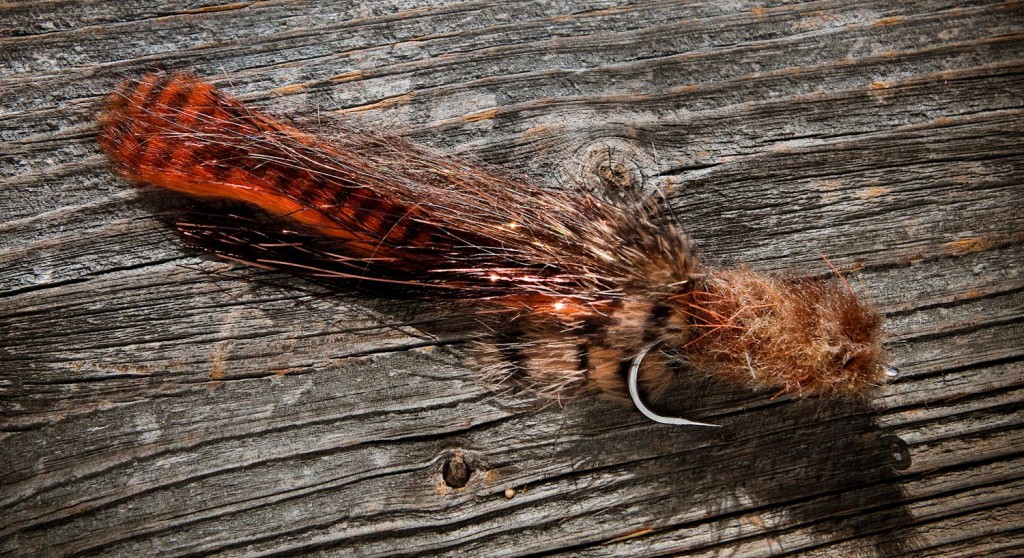
ROB SMITH IS NOTHING, IF NOT COLORFUL SO WHEN I ASKED HIM TO TIE A FLY FOR MY READERS I EXPECTED SOMETHING BODACIOUS, AND I GOT IT!
Rob likes his fish the way he likes his mustache, big and scary. He’s our local authority on striped bass and musky. When it comes to putting pounds of fish in the net, Rob has you covered.
This fly has been a proven producer for musky. It imitates the suckers that are prevalent in musky rivers. It’s a beefy fly and you’ll need to eat your Wheaties to throw it, but you’ll like the results.
Read More »